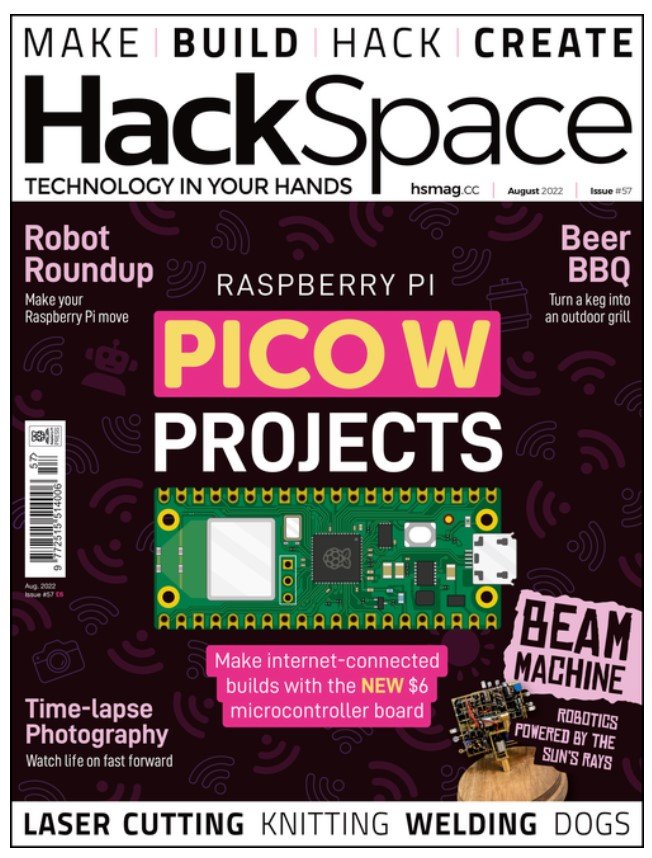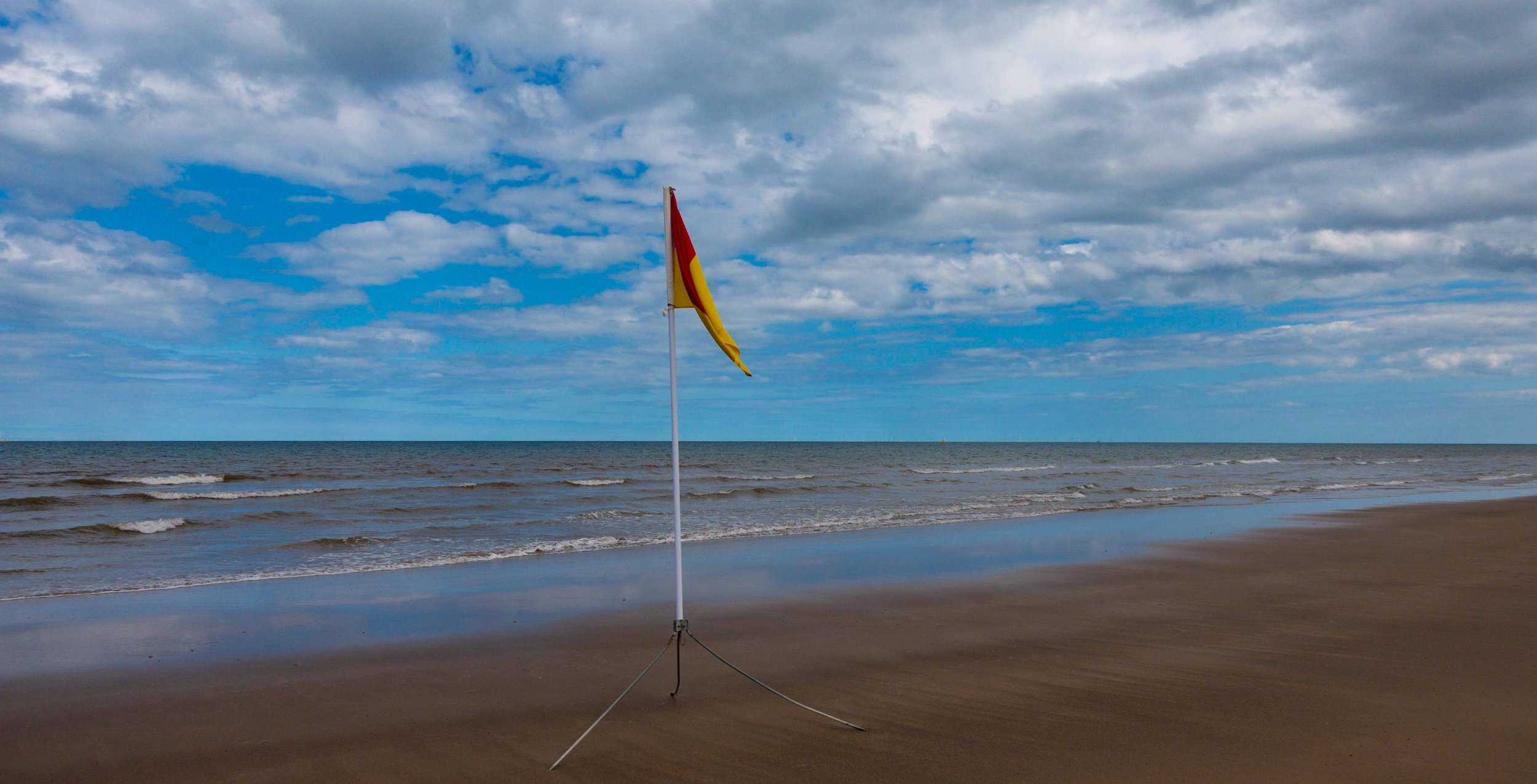My first thought when I ordered my printed circuit boards was that I’d solder them by hand. I’ve since had a look at what this involves and changed my mind. And bought an oven. I managed to get the one above for around thirty pounds from AliExpress (search for 110/220V UYUE 946C), plus vat but with free postage. Lots of companies are now charging for delivery, which is rather annoying, but I managed to find this one, which does not. The device is mains powered and gets very hot, so I’ll give it a good checking over when it comes.
I should be able to pop some solder paste on the pcb, drop the components on top and then heat the whole board up to 200 degrees, at which point soldering magic happens. I’m quite looking forward to when it arrives. The delivery date was given as around September (such s the price of free shipping) but with a bit of luck it might be sooner than that.













